Products I Love And That Changed My Life In 2000s
Follow me on a nostalgic journey through the products of the 2000s that marked our lives and deserve a place in our hearts.
I love February, not only because I was born in this month, but also because it represents the month of love and friendship. Somehow, I believe that love is reflected in the work we do and the products we build.
We can perceive this love and passion from others through their creations. In the spirit of the month of love and Retro Day, I can't help but feel a surge of nostalgia for some old products that united hearts and minds in ways we never imagined.
Let's take a nostalgic tour through some interesting facts, life cycle and pitfalls of these impactful technology products from the late 1990s to early 2010. 🙌
MSN Messenger (July 1999, rebranded as Windows Live Messenger in 2005)
Oh, the hours I spent on MSN Messenger! It was more than just a chat program; it was where I expressed myself with quirky emoticons and carefully chosen display names (🌹🦇). I still remember the excitement of seeing my crush come online and the butterflies I felt during those late-night conversations.
💁🏻♀️ Did you know that MSN Messenger was rebranded as Windows Live Messenger in 2005? This was part of Microsoft's strategy to unify its online services under the Windows Live brand.
MSN Messenger's life cycle is a classic example of how rapidly technology can evolve and render once-popular products obsolete.
Product Lifecycle History
Growth Stage: MSN Messenger experienced rapid growth in the early 2000s, reaching 330 million active users by 2009.
Maturity Stage: As smartphones and social networks emerged, MSN Messenger struggled to adapt. Microsoft attempted to evolve the product by adding features like video calls, but it wasn't enough to maintain its user base.
Decline Stage: Despite its popularity, MSN Messenger faced reliability issues. In 2002, one-third of its users experienced sporadic access problems and disappearing buddy lists. Microsoft's inability to quickly resolve these issues may have contributed to its eventual decline.
But in addition, MSN was unable to compete with the new messaging and social networking apps, so Microsoft finally decided to replace MSN Messenger with Skype, announcing its closure on October 31, 2014.
Sony Walkman CD Player D-EJ01 (1999)
This was my constant companion during high school. The joy of creating the perfect mix CD and the freedom of listening to it anywhere was unparalleled. I loved spending hours in my room listening to full rock albums and replaying some soundtracks with such ease.
I also had a red backpack where I could store many CDs. 💿
💁🏻♀️ This model boasted an impressive 62-hour battery life when using both the built-in battery and external battery case.
The Sony Walkman CD Player D-EJ01 represents the peak of portable CD player technology, but also the beginning of its decline.
Product Lifecycle History
Maturity Stage: Released in 1999 as the Walkman 20th Anniversary Edition, it showcased Sony's best technology at the time.
Decline Stage: Despite its advanced features, the D-EJ01 faced criticism for its high price and some design flaws. Some users reported issues with disc scratching and power problem. Ultimately, the rise of digital music players like the iPod led to the decline of portable CD players. Also, Sony's strategy shifted to developing new digital music products to stay relevant.
LimeWire (2000)
I'll admit, LimeWire was a guilty pleasure. The thrill of downloading music (yeah legally or otherwise) and the anticipation of whether you'd actually get the song you wanted or a mislabeled file was part of the fun. It shaped how I discovered new music and taught me patience - those downloads could take forever!
I also used to burn my CDs with Nero Burning ROM, I'm ashamed to remember it but back then it was great! 🫢
iPod Shuffle (January 11, 2005)
One day, my uncle from the United States came to visit when I was in elementary school. I remember he opened a bag with some hard drives for my father and then pulled out a small purple device. It was an iPod Shuffle. “Do you want this?” he said as I held out my hands to appreciate it more closely.
This tiny device was a game-changer for me. I loved how it clipped onto my shirt and surprised me with random tracks. It made me rediscover songs I'd forgotten about and kept my day interesting. Plus, the battery life was incredible!
💁🏻♀️ The second-generation Shuffle was so small (1.62 inches wide and 1.07 inches high) that Apple marketed it as "wearable”.
The iPod Shuffle demonstrates Apple's strategy of creating new product categories and iterating rapidly.
Product Lifecycle History
Introduction Stage: Launched in 2005, it was marketed as the most wearable iPod ever, targeting a new segment of casual music listeners and exercisers.
Growth Stage: The Shuffle's popularity led to multiple generations, each improving on the last.
Maturity Stage: As smartphones became more relevant, dedicated MP3 players began to decline. Apple's strategy was to continue innovating within the iPod line while also cannibalizing its own market with the iPhone.
I think a key lesson for product managers is the importance of anticipating market changes and being willing to cannibalize your own products before competitors do it for you. 🦈
Adobe Dreamweaver (2005)
Dreamweaver was my gateway into web design. I remember feeling like a proper developer (very professional 👩🏻💼) when I first used it, even though I was just tinkering with basic HTML. It made coding feel accessible and sparked my interest in web technologies.
One of the things I liked the most was the ability to view front-end changes to the user interface in the program itself. It may sound unnecessary to some, because you can always open the browser and that's it, but I found this feature quite elegant.
Later I switched to Coda, now Nova for Mac, and of course to Microsoft Visual Studio.
HP iPAQ rx1955 (September 2005)
The HP iPAQ rx1955 was my first taste of a truly portable computer. I felt like I was living in the future, carrying around a device that could access the internet, play media, and keep me organized all at once.
The stylus made me feel like I was using advanced technology right out of a science fiction movie. Actually, I only knew about these devices in the movies, so when Office Depot started selling them in my town, I immediately used all my savings to buy this baby!
I was about 13 or 14 years old. I remember showing it to my friends, amazed that I could watch videos, check email and play solitaire on such a compact device.
💁🏻♀️ The device used a 300 MHz Samsung SC32442 processor, which integrated a wide array of CPU, memory, and I/O functions into a single chip just 14 millimeters across.
Product Lifecycle History
Struggle and Outcome: The iPAQ line faced challenges as smartphones began to take over the PDA market. Some users reported issues with software updates and device bricking. While HP continued to produce iPAQ devices for several years, the line was eventually discontinued as the smartphone era took hold.
Sony Ericsson Cybershot K550 (February 6, 2007)
This phone made me feel like a professional photographer. I took it everywhere, snapping photos of friends and random street scenes. The LED flash was a novelty at the time, and I used it excessively, much to my friends' annoyance!
Few megapixels was too much at that time, basically you had photos with a sharper resolution. It also featured bluetooth capabilities for easy image sharing and retouching.
What I liked most is how the camera is activated by simulating a real camera on the back of the device.
💁🏻♀️ The K550 was one of the first Sony Ericsson models to feature the Fast-Port system connector on the left side instead of the bottom.
Product Lifecycle History
Struggle and Outcome: While praised for its camera and multimedia capabilities, the K550 faced criticism for its lack of 3G support and the thinness of its keys. Sony Ericsson continued to innovate in camera phones, but the company struggled to compete in the smartphone era, eventually leading to Sony buying out Ericsson's share of the joint venture in 2012.
Second Generation iPod Touch (September 9, 2008)
I couldn't afford an iPhone and they weren't available in my country from the beginning, but I remember a friend gave me a second generation iPod touch. This device was my first real contact with the iOS application ecosystem.
I remember downloading games and productivity apps, marveling at how this little device could do so many things. It was like having a mini-computer in my pocket, and I loved showing it off to anyone who would look.
The scent in particular is something distinctive about Apple products, I still remember the moment I opened the little box and unwrapped it - a delightful experience!
The iPod Touch shows Apple's strategy of extending product life cycles through software updates and ecosystem integration.
Product Lifecycle History
Growth Stage: The second-generation iPod Touch introduced the App Store, significantly expanding its functionality and appeal.
Maturity Stage: Apple continued to update the iPod Touch hardware and software, positioning it as a gateway to the iOS ecosystem for those who didn't want an iPhone.
Evernote (June 2008)
Evernote was a revelation for me. I fell in love with the first versions because it really felt like a powerful notes app at the time. Being able to sync my notes across devices and organize them with tags was mind-blowing. It became my second brain, storing everything from random ideas to detailed project plans.
Also, skeuomorphism was quite fashionable and applications like Evernote were creating very interesting interfaces, which made it more appealing to me.
Evernote's journey illustrates the challenges of maintaining growth in the competitive software market.
Product Lifecycle History
Growth Stage: Evernote gained popularity rapidly, becoming a top productivity app.
Maturity Stage: As growth slowed, Evernote attempted to pivot to enterprise software and adjust its pricing model, with mixed results.
Decline/Renewal Stage: Facing strong competition, Evernote has rebuilt its apps from the ground up, attempting to regain its former position in the market.
First iPad (April 3, 2010)
I was in collage when I first held an iPad in my hands and felt like I was holding the future in my hands. At first, my desire was to use it for college notes and never use a notebook again, but I went ahead.
However, reading books, surfing the Internet and playing games on that big touch screen was a whole new experience. It changed the way I consumed media and even showed photos to my family.
The iPad easily became my trusty companion through college. Its sleek design made me feel like part of an exclusive club. I loved how it just worked, allowing me to focus on my studies (and, let's be honest, a fair bit of procrastination too).
I can't believe this gadget is joining the retro list this year. 👾
💁🏻♀️ The first iPad revolutionized the tablet market, bridging the gap between smartphones and laptops. It sold 300,000 units on its first day and reached 3 million sales in 80 days. Despite its short lifespan, it set the foundation for Apple's tablet line, influencing the design and functionality of future models.
Product Lifecycle History
The original iPad's lifecycle was relatively short but impactful:
January 27, 2010: Announced by Steve Jobs
April 3, 2010: Wi-Fi model released
April 30, 2010: Wi-Fi + 3G model released
March 2, 2011: Discontinued following the announcement of the iPad 2
May 25, 2012: Software support ended with iOS 5.1.1
This demonstrate Apple's rapid innovation strategy and its willingness to cannibalize its own products. Sometimes Apple bets on long-running products, such as the Macbook, but the rapid replacement of the iPad highlights Apple's aggressive approach to improving its new product categories.
Wrapping Up
These products didn't just change technology; they changed us. They connected us, entertained us, and expanded our horizons. As we look back, we're reminded of the excitement each new device or software brought, and how they shaped our digital identities.
These examples highlight various strategies that companies employ throughout the life cycle of a product, such as:
Continuous innovation (Apple with iPod lines)
Pivoting to new markets (Evernote to enterprise)
Replacing declining products with new technologies (Microsoft replacing MSN Messenger with Skype)
Extending life cycles through software updates and ecosystem integration (iPod Touch)
These stories of innovation, struggle, and adaptation provide valuable lessons for product managers and tech enthusiasts alike. They remind us that even the most popular products must continually evolve to meet changing user needs and market dynamics.
Now it’s your turn to share. What product made its way into your life? What product do you miss? Share your favorites in the comments.



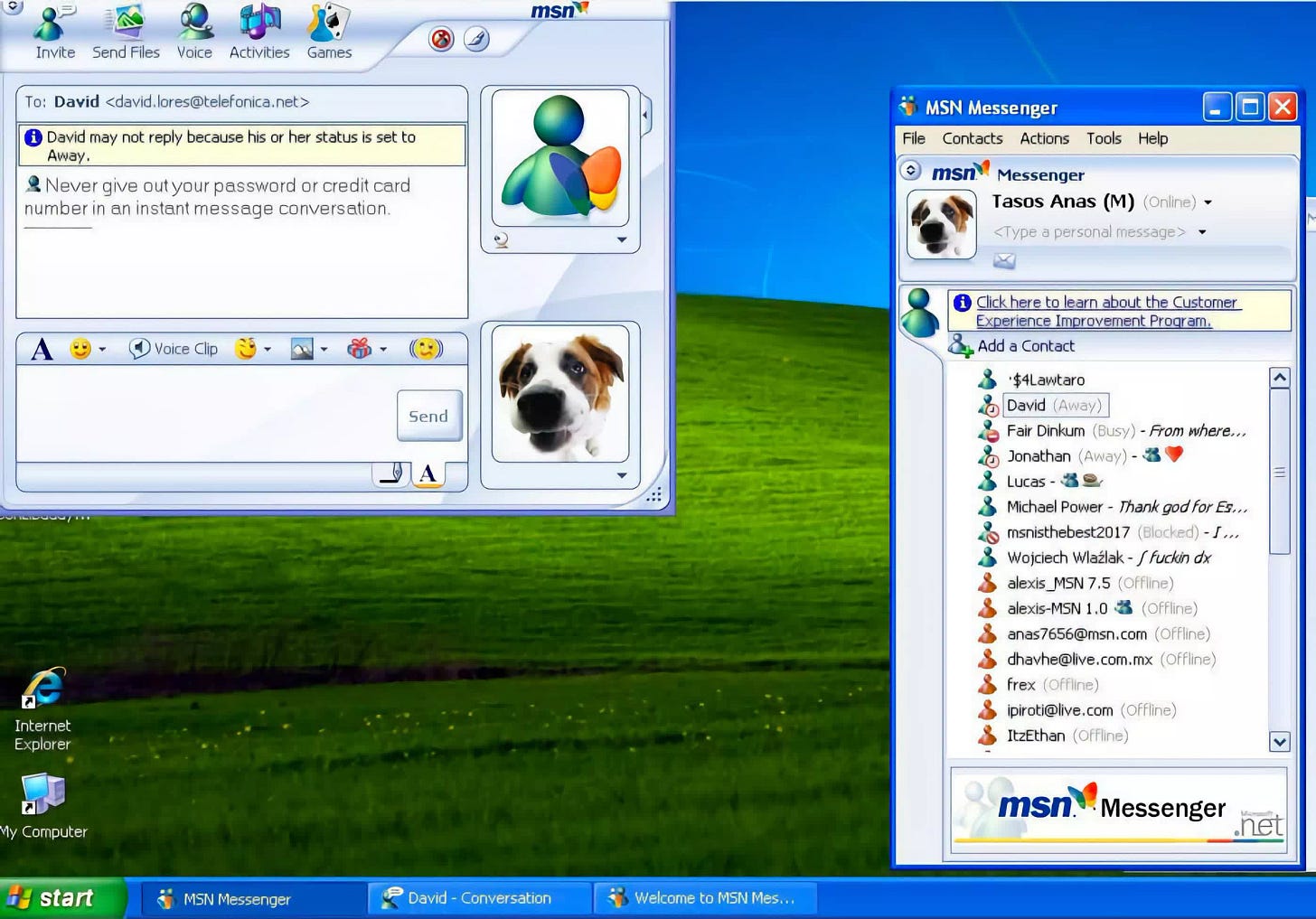
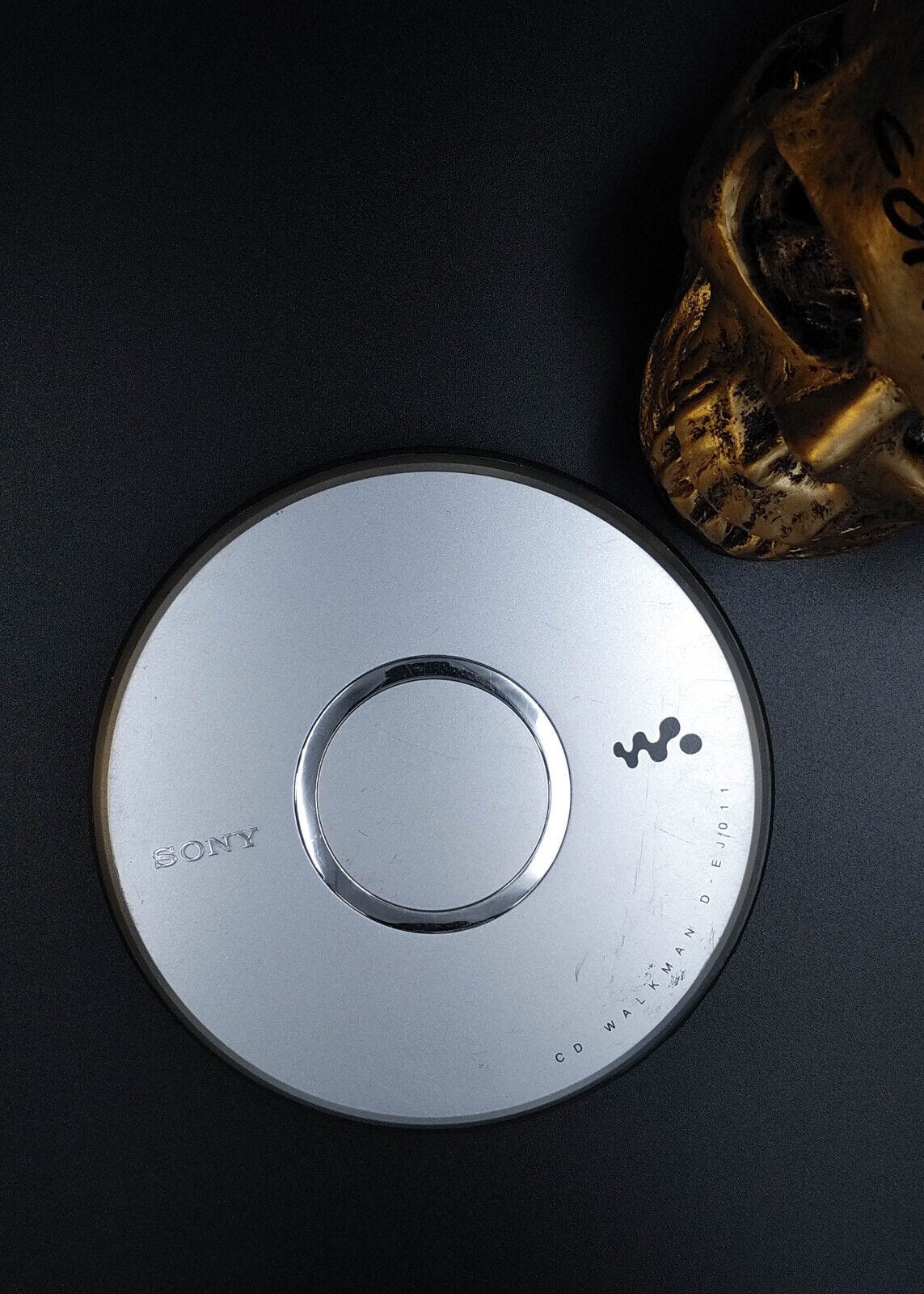




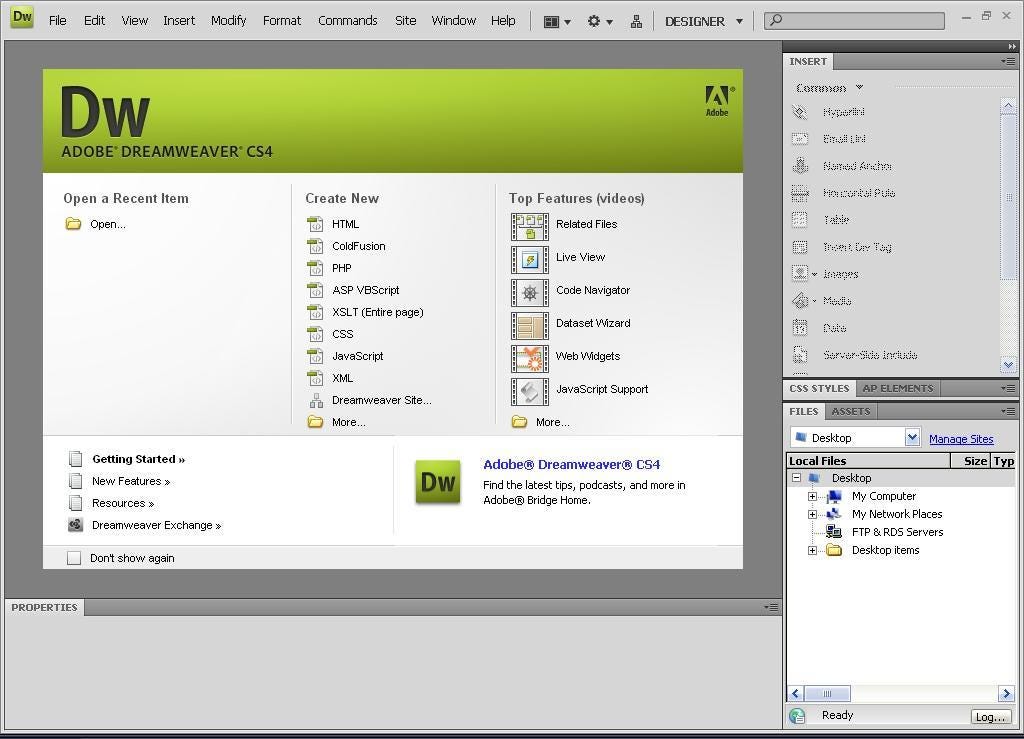
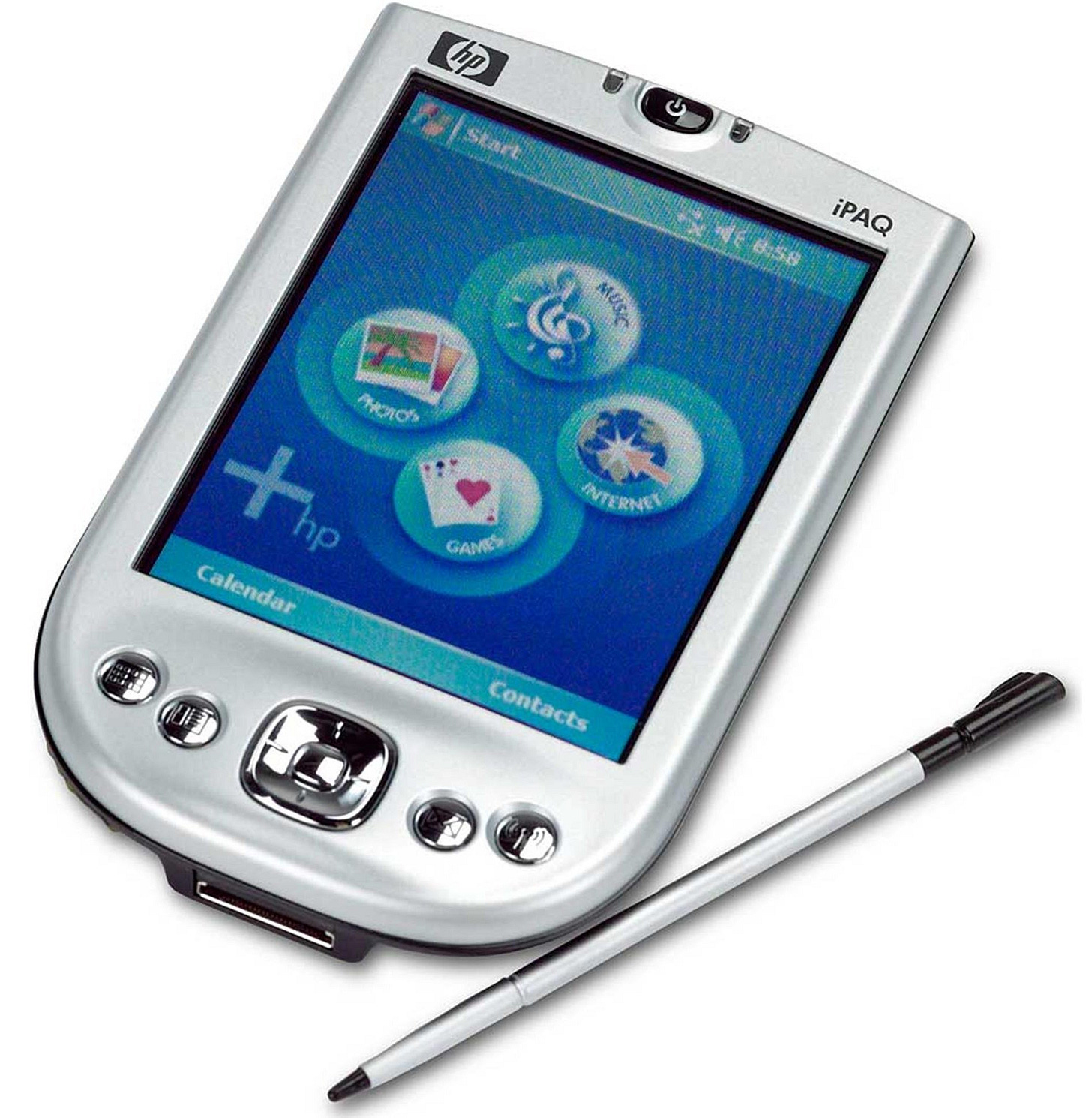
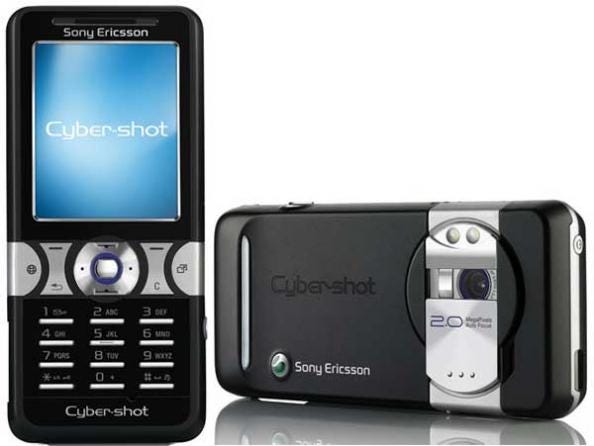

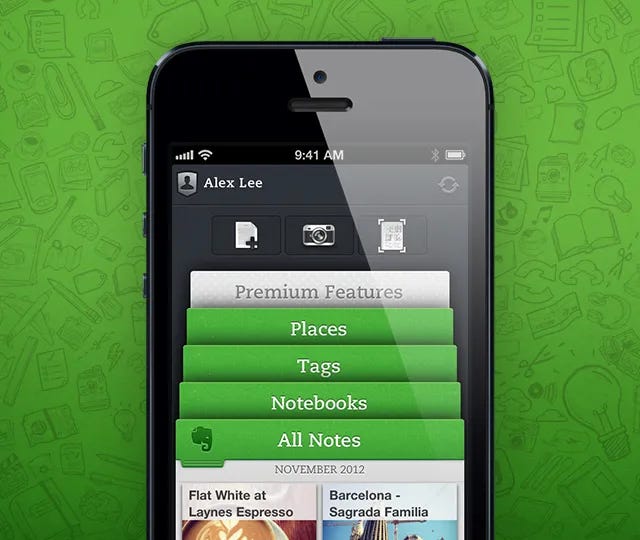
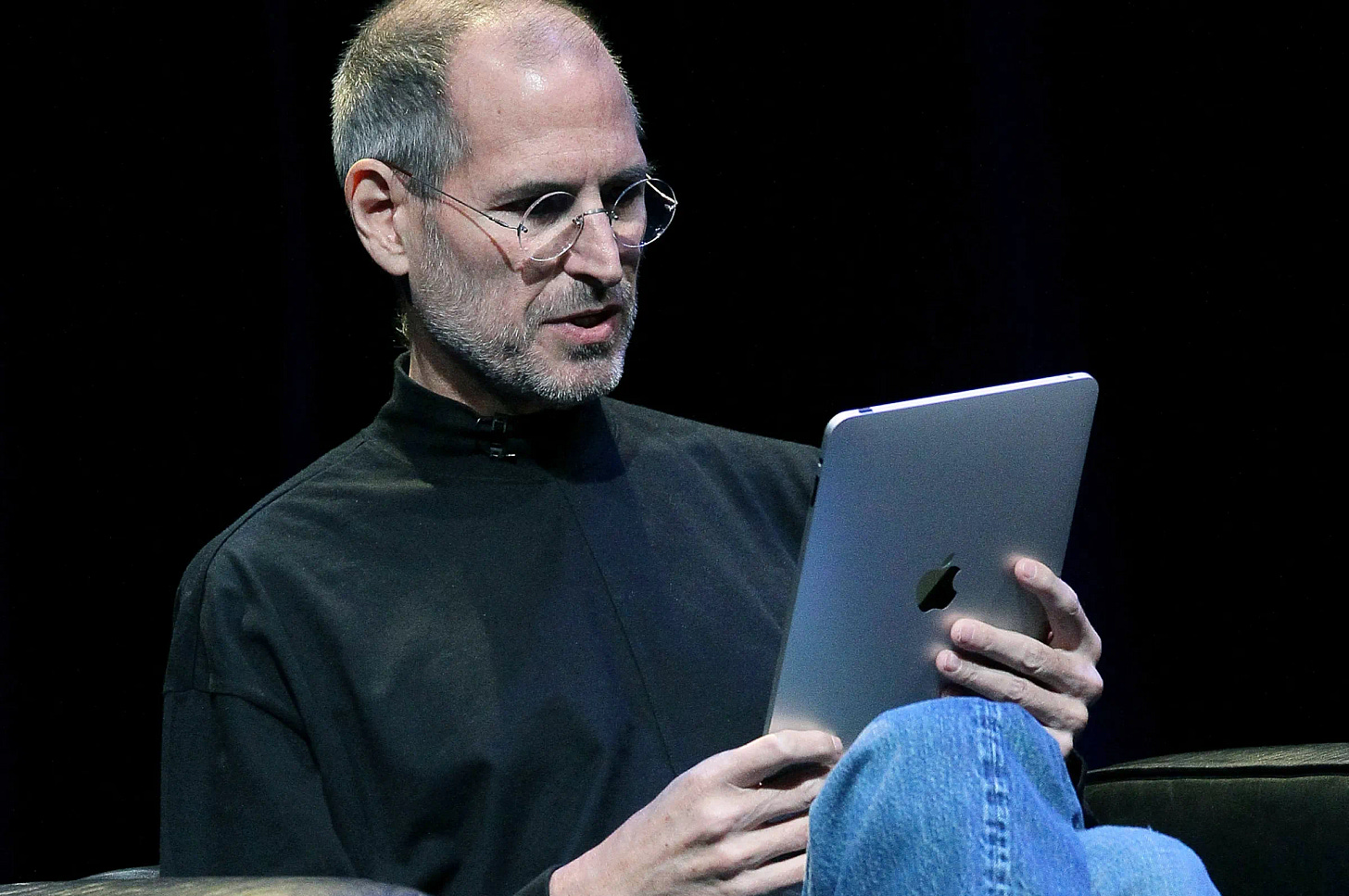
Going back even further, remember the Game Boy? I showed my 4 year a replica one the other day in the toy aisle and told her this was one of the most popular toys when I was kid. She was unimpressed 🤣
this was neat to read. brought back a lot of memories